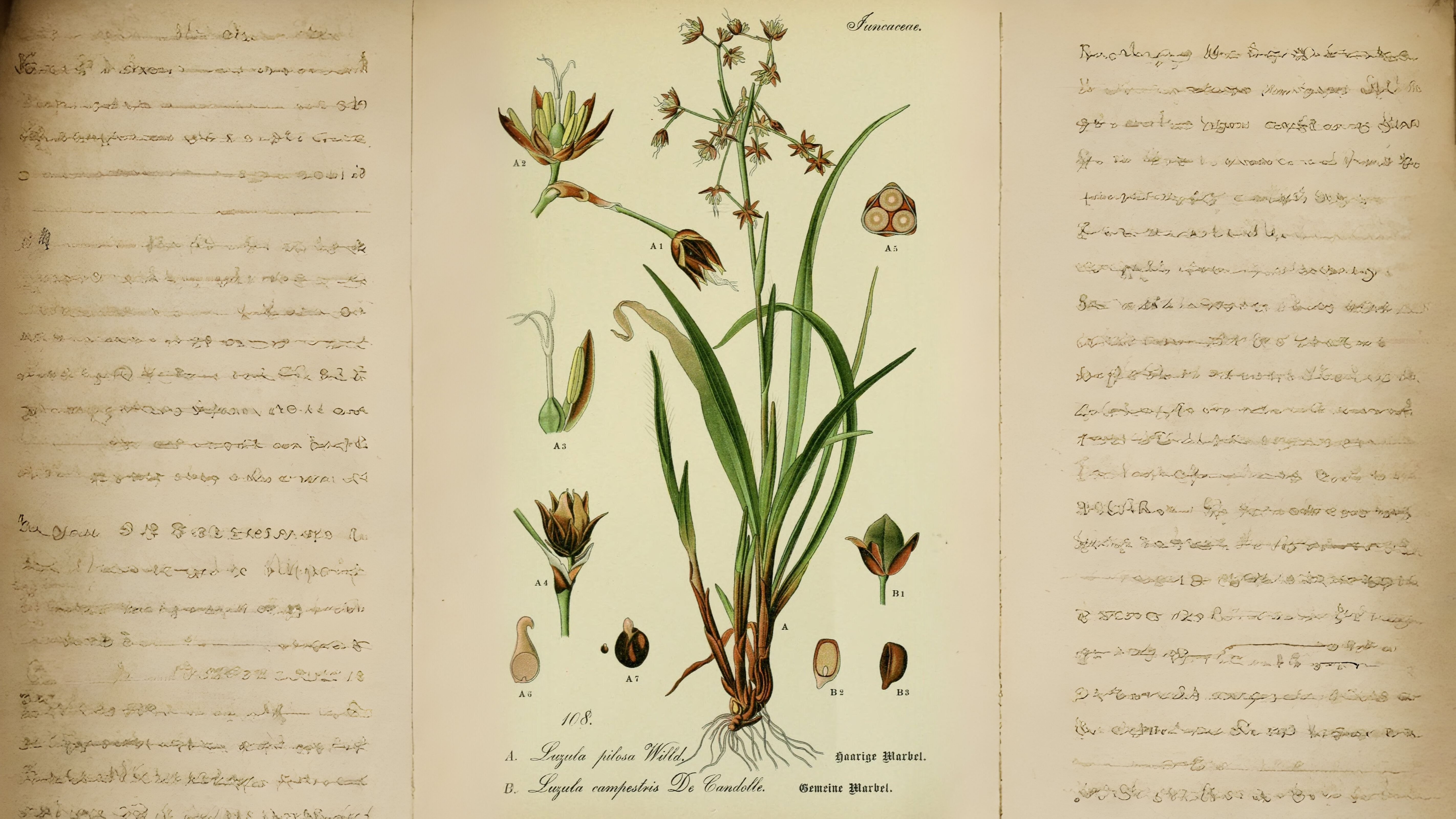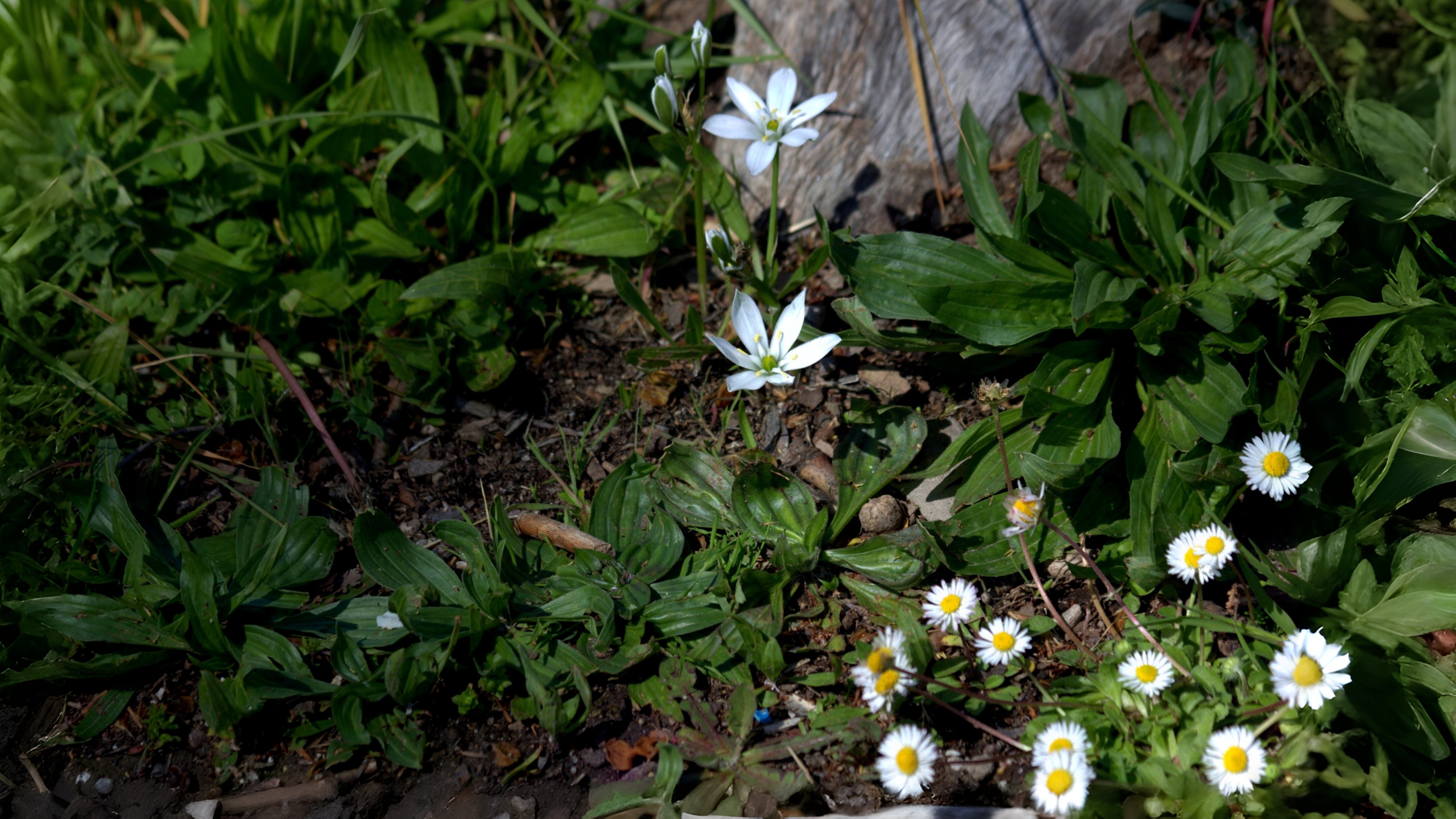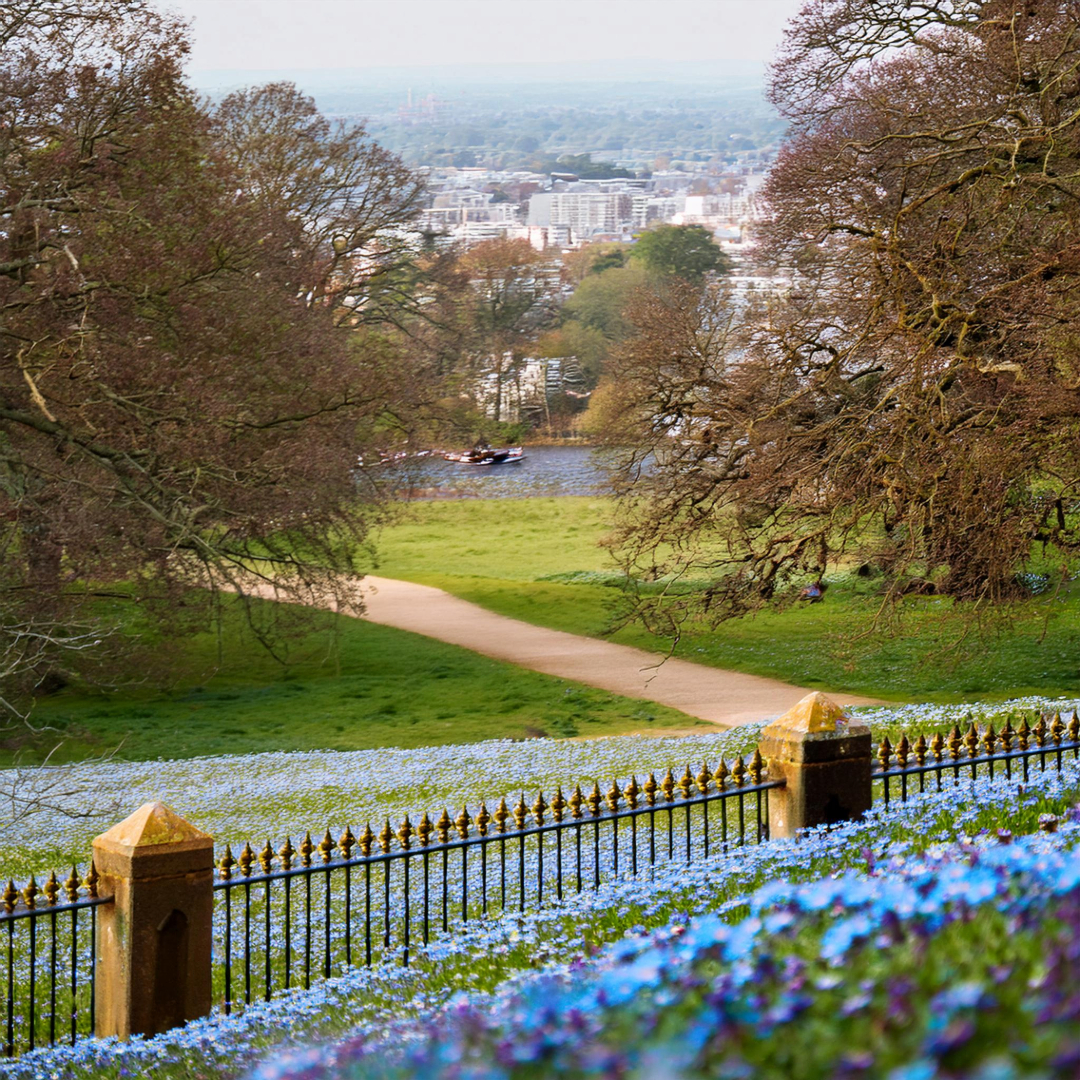
This 17 March, join us as we celebrate St. Patrick’s Day with a closer look at the shamrock and other wildflowers brightening London’s paths and parks. From the lesser yellow trefoil worn in lapels to the vibrant speedwells once cherished by medieval pilgrims, discover the stories behind these humble blooms. Learn about the early scurvy grass colonising roadsides and the rare yellow star-of-Bethlehem, a forgotten treasure of spring.
Whether you’re a wildflower enthusiast or simply curious about nature’s wonders, this article will guide you through the city’s floral tapestry. Don’t miss it—return on 17 March for a botanical adventure!
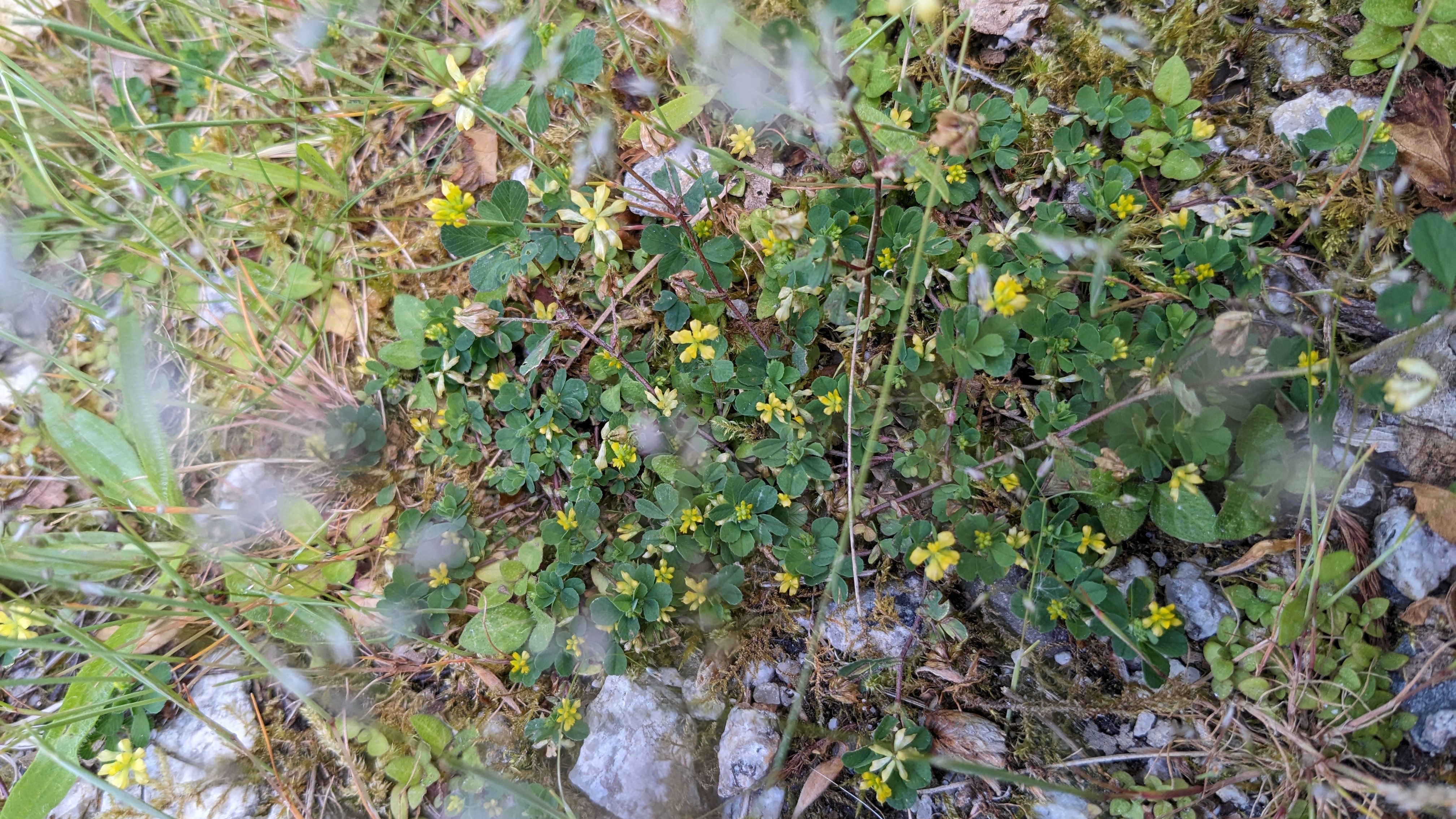

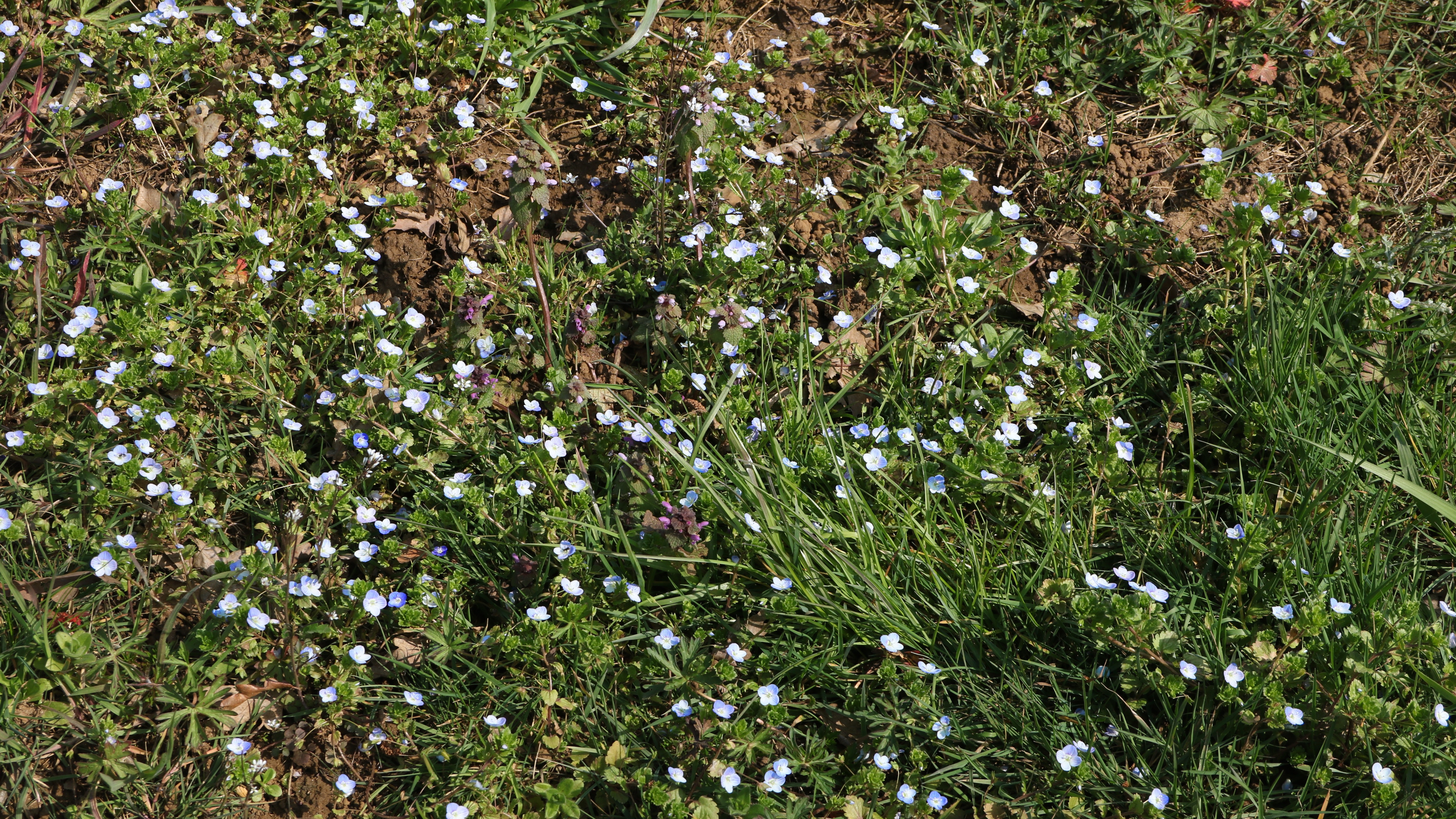

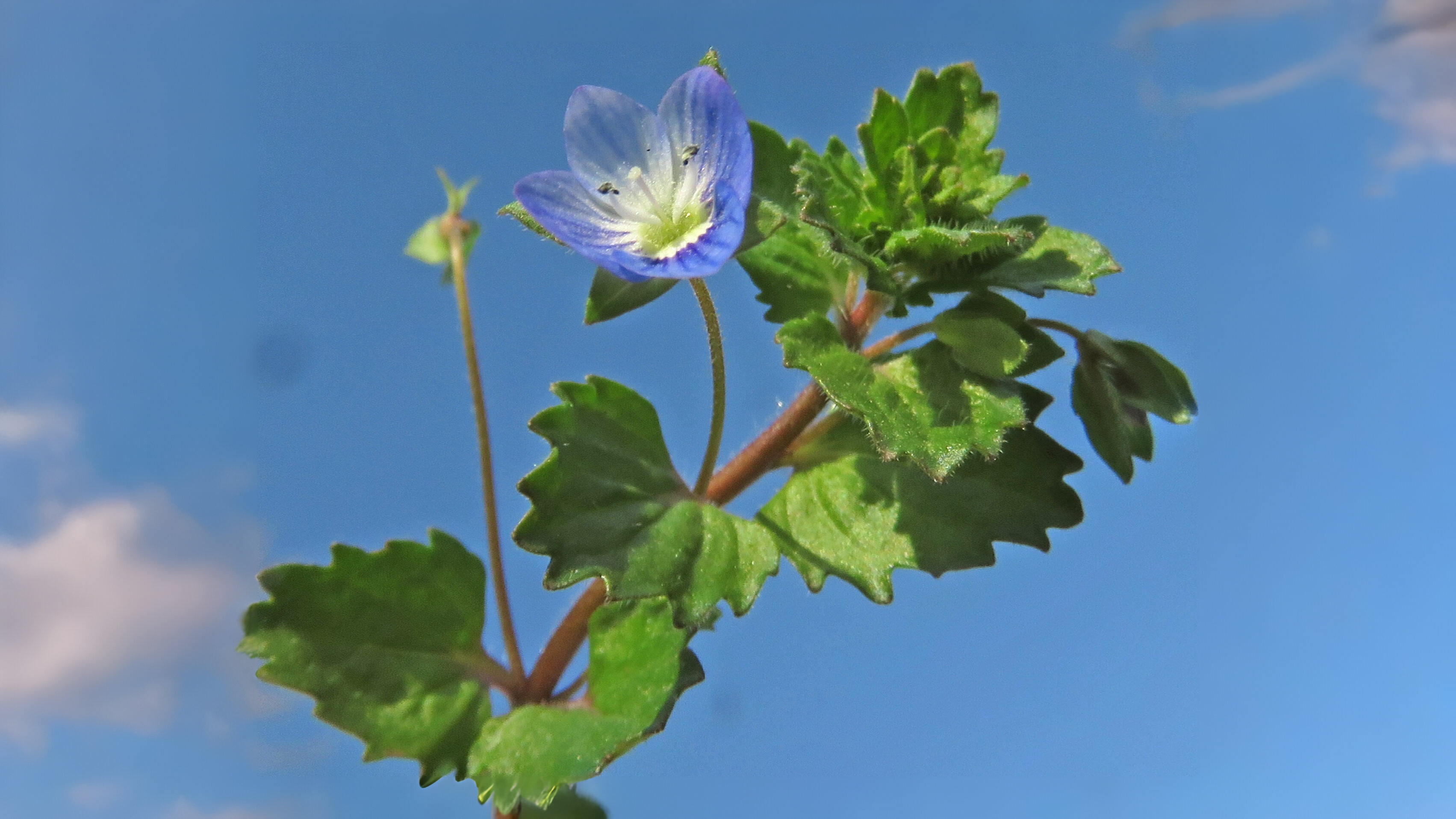

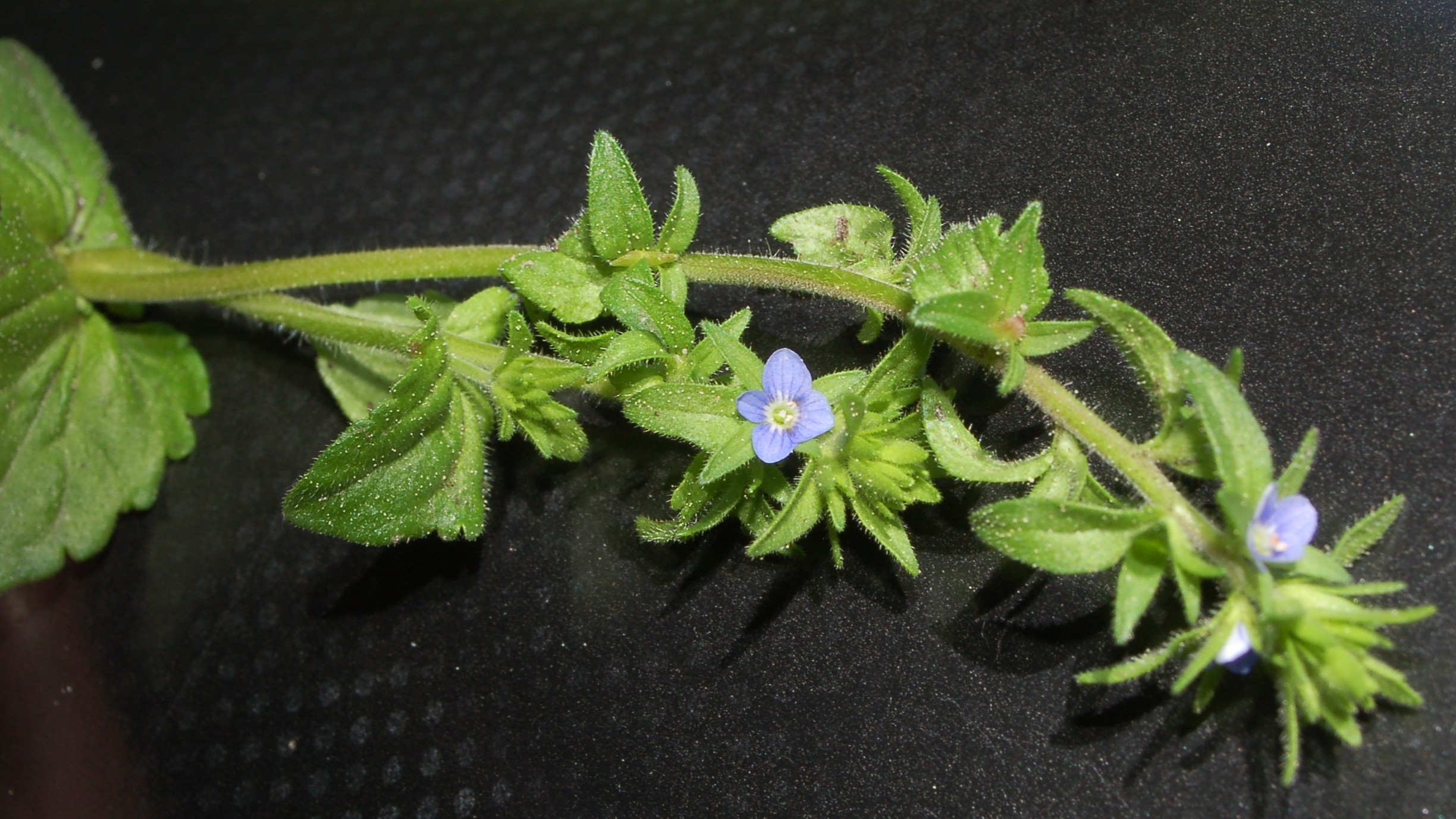

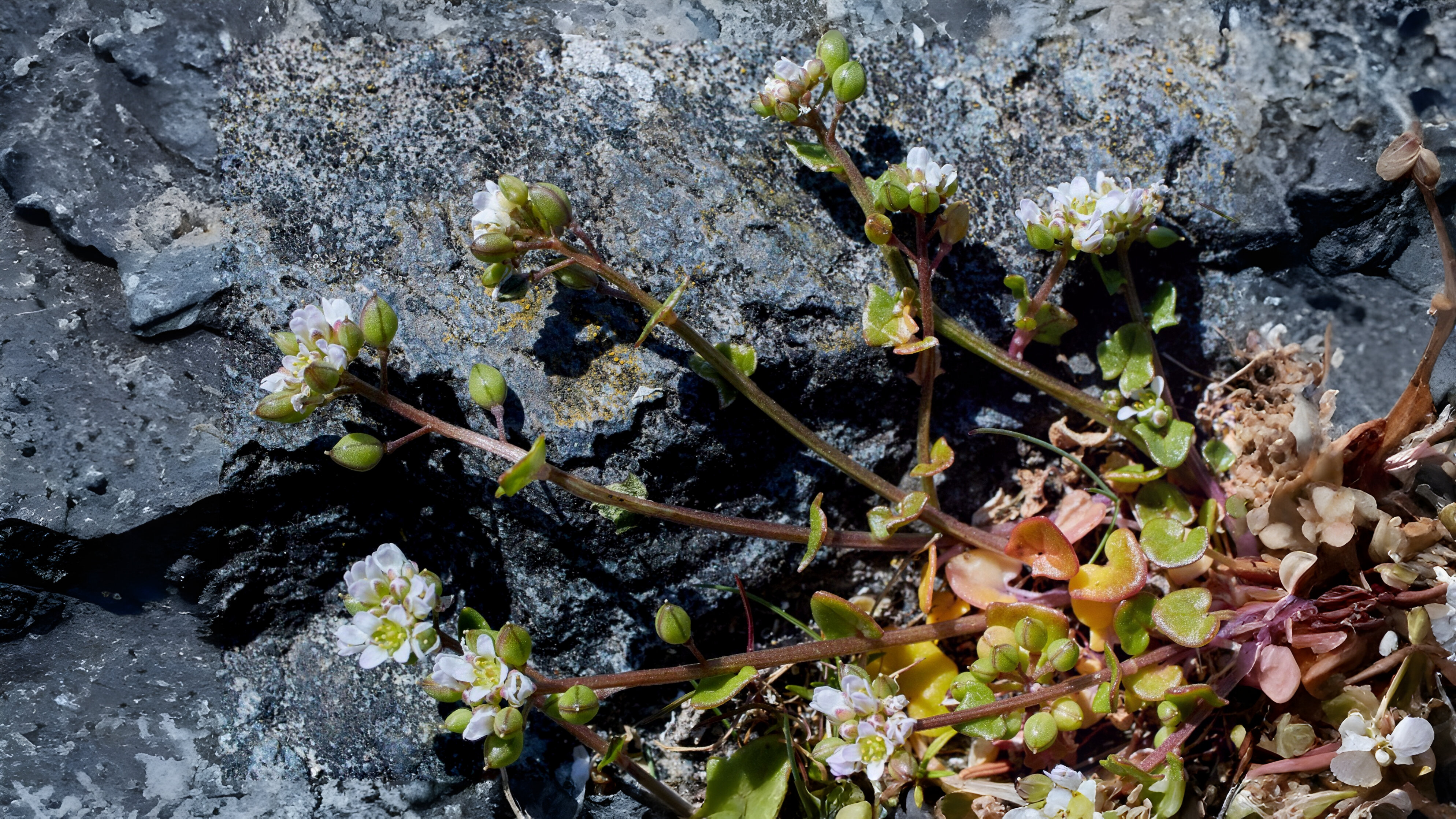

One of the forgotten rare flowers of March is the yellow star-of-Bethlehem Gagea lutea. The last one in London is said to have been inadvertently picked by a schoolgirl in Broxbourne Woods in 1954. Even when present it was always difficult to find, being shy to flower and easily lost in among similar-looking celandines. Though it is now very rare in Britain it does occur in the rest of Europe and all across Russia as far as the Kamchatka peninsula.
